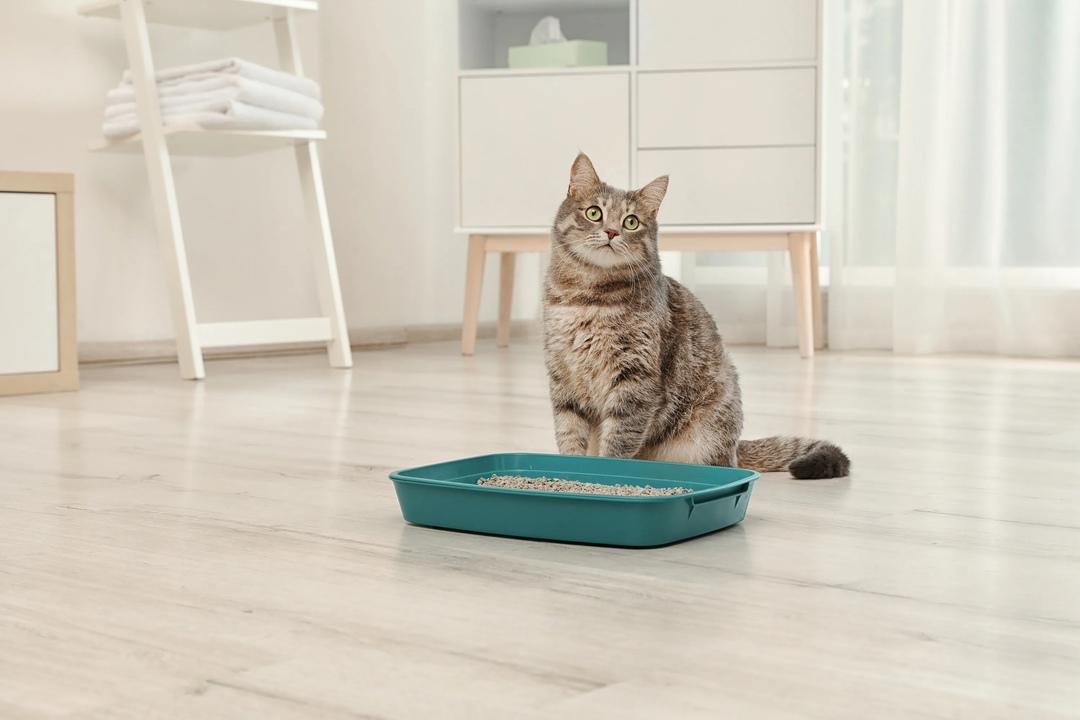Cat Litter Market Insights: Natural and Biodegradable Alternatives on the Rise

Introduction
The cat litter market is undergoing a significant transformation as natural and biodegradable alternatives gain traction among environmentally conscious consumers. With growing concerns about sustainability, pet health, and the environmental impact of traditional clay-based litters, the demand for eco-friendly options has surged. This article delves into the rise of natural and biodegradable cat litter, exploring market trends, material innovations, consumer preferences, and growth opportunities shaping the future of this expanding segment.
1. The Shift Toward Sustainability
Traditional cat litter—particularly clay-based varieties—has long dominated the market. However, its production often involves strip mining, high energy consumption, and challenges with biodegradability. As sustainability becomes a top priority for many consumers, the pet care industry has responded by introducing alternatives made from renewable, compostable, and plant-based materials.
Key factors driving this shift:
-
Environmental impact awareness
-
Rise in eco-conscious consumer behavior
-
Pet safety and health concerns
-
Regulatory encouragement for sustainable products
-
Market positioning by premium and green brands
2. Common Types of Natural and Biodegradable Cat Litter
Natural cat litters are typically made from renewable plant materials or recycled waste products. These products vary in clumping ability, odor control, texture, and biodegradability.
a. Corn-Based Litter
-
Clumping and biodegradable
-
Often flushable
-
Naturally neutralizes odors
-
Lightweight and low dust
-
Drawback: susceptible to mold if not stored properly
b. Wheat-Based Litter
-
Offers clumping properties
-
Naturally controls odors with enzymes
-
Biodegradable and compostable
-
Gentle on cats’ paws
-
May attract bugs if exposed to moisture
c. Wood-Based Litter (Pine, Cedar, etc.)
-
Made from sawdust or wood shavings
-
Naturally deodorizing
-
Typically non-clumping, though some clump
-
Biodegradable and compostable
-
Offers a natural woodsy scent
d. Paper-Based Litter
-
Recycled paper pellets or granules
-
Non-clumping and very low dust
-
Ideal for post-surgery or sensitive cats
-
Highly absorbent but less odor control
-
Biodegradable and lightweight
e. Walnut Shells
-
Crushed walnut shells with natural clumping
-
Excellent odor absorption
-
Compostable and biodegradable
-
Gaining popularity in premium segments
f. Tofu Litter
-
Emerging in Asian markets and spreading globally
-
Made from soybean residue
-
Flushable, low-dust, clumping, and naturally scented
-
Highly sustainable and safe
3. Consumer Behavior and Preferences
A growing segment of pet owners are willing to pay more for environmentally friendly and health-conscious products.
Key consumer insights:
-
Millennials and Gen Z pet owners are leading the sustainability movement
-
Households with children or sensitive individuals prefer low-dust, chemical-free products
-
Higher income consumers prioritize performance and green credentials
-
Consumers increasingly research ingredients and product origins
Brands that emphasize compostability, packaging recyclability, and ethical sourcing are attracting loyalty in this space.
4. Market Trends and Growth Forecast
The natural and biodegradable cat litter market is expected to grow at a CAGR of 7% to 9% over the next five years, outpacing the traditional clay segment.
Emerging trends include:
-
Subscription-based delivery of eco-friendly litter
-
Minimalist and compostable packaging
-
Bundling of litter with other natural pet care products
-
Celebrity or influencer endorsements of green brands
-
Third-party sustainability certifications (e.g., USDA BioPreferred, FSC)
Global brands are expanding their natural product lines, while start-ups are launching exclusively biodegradable litters to differentiate themselves.
5. Challenges and Limitations
Despite the promising growth, several challenges must be addressed:
-
Cost: Natural litters are typically more expensive than traditional options, limiting mass adoption.
-
Performance variability: Some consumers find natural litters less effective in clumping or odor control.
-
Availability: Wider retail distribution is still needed, especially in developing markets.
-
Misuse: Flushable litters, if not used properly, may clog plumbing or harm septic systems.
-
Education: Many consumers remain unaware of eco-friendly litter benefits and disposal methods.
Addressing these challenges through innovation, marketing, and infrastructure development is critical for sustained growth.
6. Brand Landscape and Competitive Strategies
Key players in this space include:
-
World’s Best Cat Litter (corn-based)
-
ökocat (wood-based)
-
Feline Pine (pine shavings)
-
Yesterday’s News (recycled paper)
-
Naturally Fresh (walnut shells)
-
TofuKitty and Rufus & Coco (tofu-based, popular in Asia-Pacific)
Strategic moves include:
-
Product line extensions with fragrance-free or hypoallergenic variants
-
Collaborations with animal shelters for brand visibility
-
Packaging innovations such as paper bags or biodegradable plastics
-
Loyalty programs for eco-conscious buyers
7. Opportunities Ahead
Manufacturers and retailers can tap into multiple growth avenues:
-
Educate consumers through digital platforms and in-store displays
-
Expand into emerging economies with growing middle-class populations
-
Integrate smart litter boxes with natural litter for a hybrid tech-green offering
-
Focus on bulk-packaging and cost-efficiency without compromising on green value
-
Offer carbon-offset programs tied to every purchase
Conclusion
The rise of natural and biodegradable cat litter reflects a broader transformation in the pet care market—one that prioritizes sustainability, wellness, and conscious consumerism. As demand accelerates, innovation in materials, packaging, and performance will define market leaders. For brands and retailers, investing in education, accessibility, and environmental impact is no longer optional—it’s a pathway to long-term growth and customer loyalty.
- Art
- Causes
- Crafts
- Dance
- Drinks
- Film
- Fitness
- Food
- Giochi
- Gardening
- Health
- Home
- Literature
- Music
- Networking
- Altre informazioni
- Party
- Religion
- Shopping
- Sports
- Theater
- Wellness


